MY FATHER'S FOOTSTEPS IN AMERICA
The contents of this presentation were based upon my mother’s anecdotes exclusively. Father was sent to America for education around the age of 10 or 11, had his education at some Grammar School, Williston Seminary, and finally University of Pennsylvania to finish the freshman year. He returned to Korea in 1914 on a temporary basis to settle the difficulty in money transfer from Korea to America through some missionary connections, and he was about to return after the settlement, the first world war broke out and he was unable to return to America due to the global naval blockade. So his life was changed from college education to the management of family finances. In 1925 he returned to America for the second time, collected his possessions as much as he could, and returned home without continuing his college education because his financial situation didn’t allow it. He died out of his chronic illness in 1954 the year after Korean War Armistice in the southern Korea, one of the refuge areas. I didn’t have any chance to hear his American education or living there from him. Probably I was not old enough to be told of his American experience. When I came to America in 1967, I carried a Williston Seminary photo, and four photos taken in New York City on his second visit. I inquired about his school records to the Williston School and University of Pennsylvania by visits or by mails, and obtained them to my satisfaction. I also discovered this old address in New York City, and the place of his photo taking in 1925 on his second visit. However even with my multiple efforts I was unable to find the Grammar School which he had first attended since the school didn’t have any record of his former school.
A. Images
Exhibit 1: Williston Seminary, Easthampton, Massachusetts. 1913
This is my father's class photo of Williston Seminary taken in front of the main entrance of the school building, being the only school photo of his in my possession. My father was the third student from the right end of the back row.

Exhibit 2: Easthampton Town Library where Henry, my son and I posed in 1985
It is exactly the same entrance as shown in Exhibit 1. The old school building was replaced by a new one at its site, and the old Williston Seminary was renamed as the Williston Academy. But this entrance was preserved to be the Easthampton Town Library
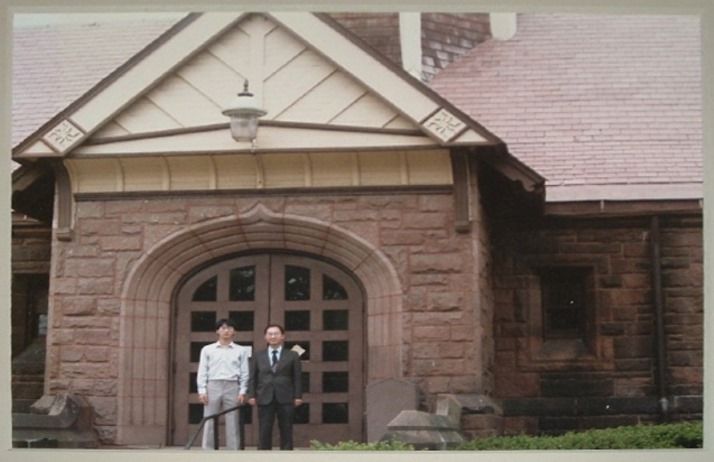
Exhibit 3: The centennial anniversary of the school class photo. Time: August 31, 2013
One hundred years have elapsed since the class photo was taken. This photo shows my grandson, me, my second son and the first son from the left. The library has been renamed again as Emily Williston Memorial Library. The school also has been renamed as Williston Northampton School.
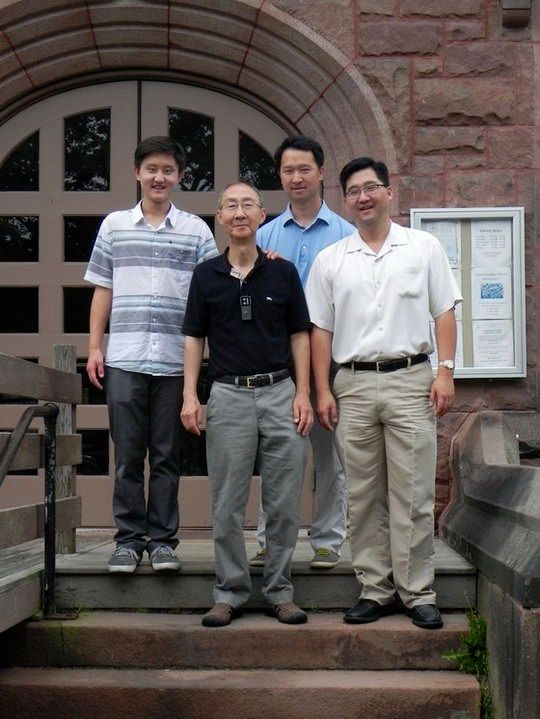
Exhibit 4: The unobstructed view of the entrance - August 31, 2013
No one was seen in front of the door and this entrance was vacant. Is this my last visit? Is there any possibility of my coming back here?
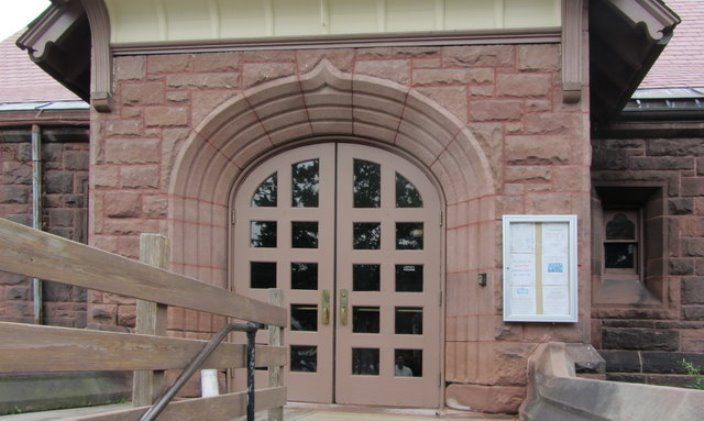
Exhibit 5: Our couple in front of this entrance June 19. 2014.
Following our New England tour, we checked in the Clarion Hotel, Northampton, MA. After a restful night, my wife and I visited the same library and had this picture taken. Then I entered the alumni office for more inquiry, and then left for home. This was my fourth visit to the school.

Exhibit 6: During our visit on the centennial anniversary.
Some pictures were taken in the campus. 19 Payson Ave, Easthampton, MA 01027 Admission Center was the first stop. - August 31, 2013

Exhibit 7: Entrance to an indoor Gymnasium - August 31, 2013
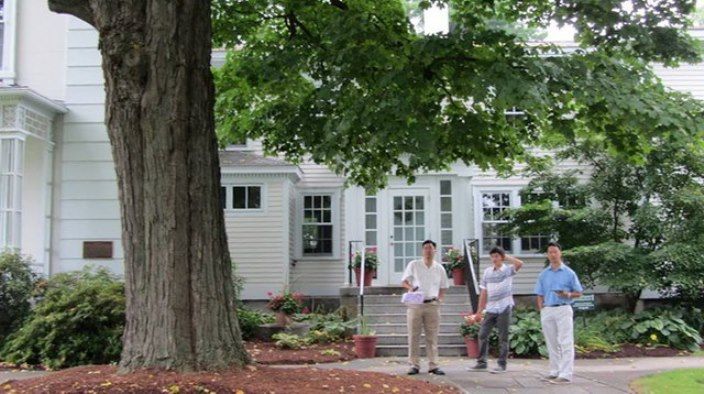
Exhibit 8: With Mr. Jeffrey Pilgrim, Alumni Relations Director
in front of an old building - August 31, 2013
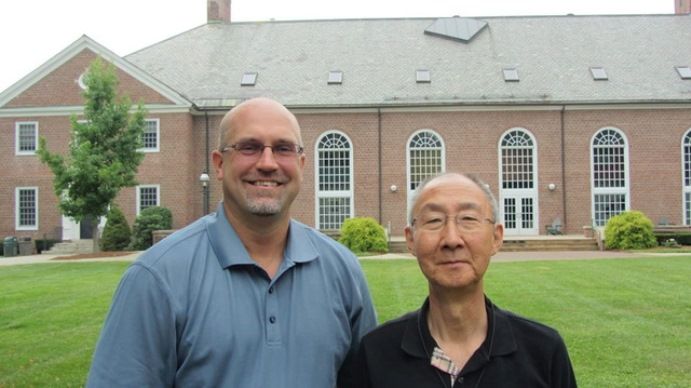
Exhibit 9: Another old building, Memorial Hall - August 31, 2013

Exhibit 10: The oldest School House - August 31, 2013
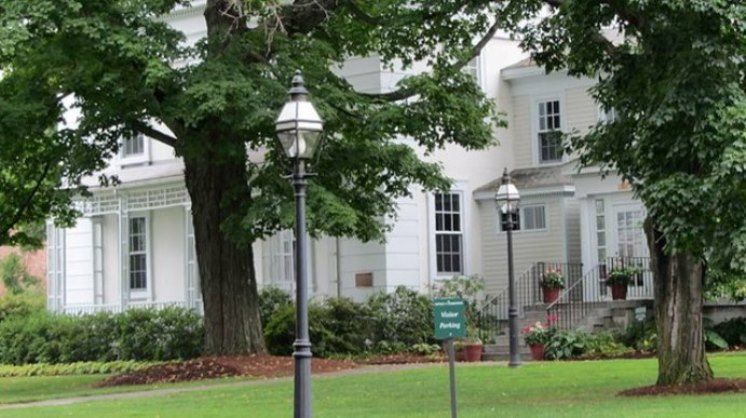
Exhibit 11: Grandfather's 60th birthday photo - 1935
Father was standing right behind grandfather, my mother behind grandmother. I can see four sisters here without me since it was 2 years before my birth.

Exhibit 12: Father in New York City. Left
Exhibit 13: The same photo as Exhibit 12, except being with his friend. Right
.
I have my strong feelings that his friend was Mr. Heegyeong Lee, one of the well-known Korean Independence patriots. I found four old photos of father taken in New York City during his second visit to America in the year of 1925. Two of them are the above photos standing alone next to the stone wall on the left, and in front of the wall with his friend on the right. The location of Exhibit 12 and 13 is the same place as that of Exhibit 14 and 15.
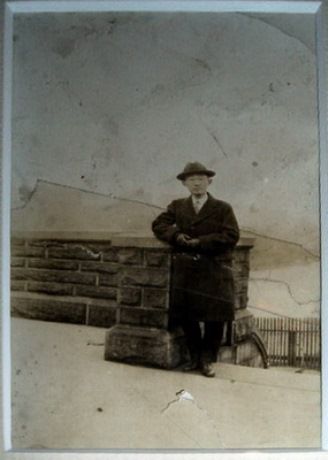 … …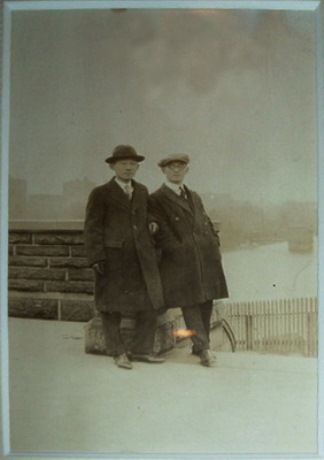
Exhibit 13-1:This is the photo of Soprano, Lee Guan Ok, daughter of Mr. Heegyeong Lee, held her first vocal recital at Chosun Hotel in May, 1938. She was in the middle of the first row, my father in the third position of the third row, her own father in the fourth position next to my father.
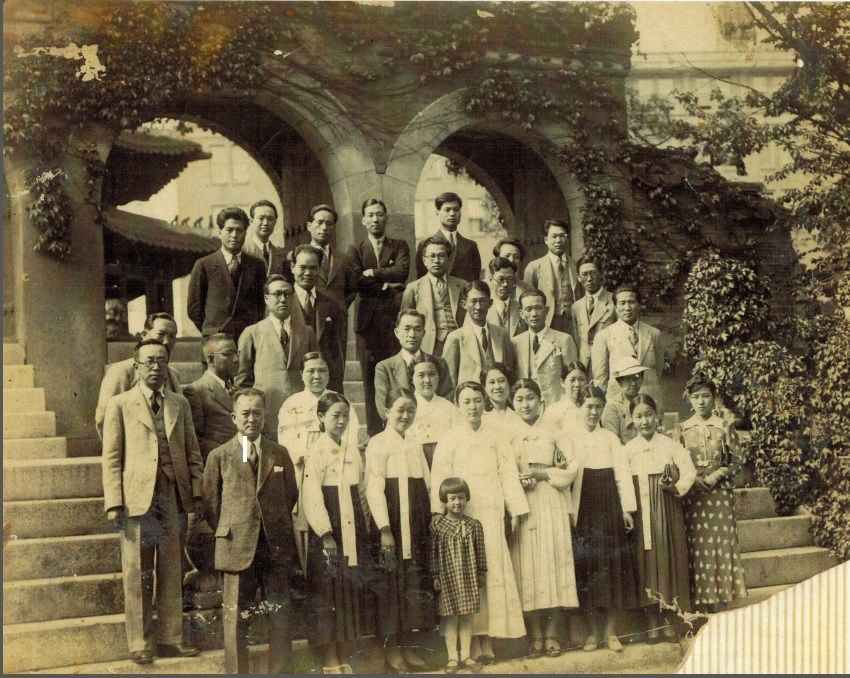
Exhibit 14: I stood in front of the walls January 6, 2015 Left
Exhibit 14-1: Kwan Ho standing next to the wall - Jan 6, 2015 Address: Belvedere Castle, Central Park, 79th St, New York, NY 10021 Right
On this day I went to the famous New York Historical Society to show these four photos of father taken in New York City in 1925 to find the location. The counselor immediately found the place to be Belvedere Castle in the Central Park near to the Society, and so I was so excited that I walked to the Castle and entered the Gift Shop where I showed the lady employee these four photos and asked her if she knew the location of the stonewall. She answered affirmatively, so went out with me, had another employee position me iㅡn front of the wall and took two photos for me. I saw a pole on the top of the end of the walls to support the roof. I was very much moved and talked to father in my mind, “Father, I finally came to this spot to commemorate you ninety years later. I have never forgotten you. You have always been in my thoughts.”
 … …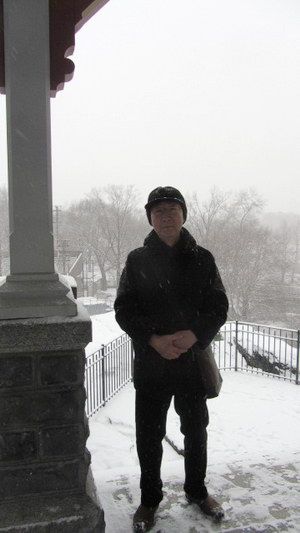
Exhibit 15: I came here for the second time for better photo. June 06, 2015 Left
This is the same place as seen on Exhibit 12 and 13.
Exhibit 15-1: Slightly different angle used for better viewing. Right
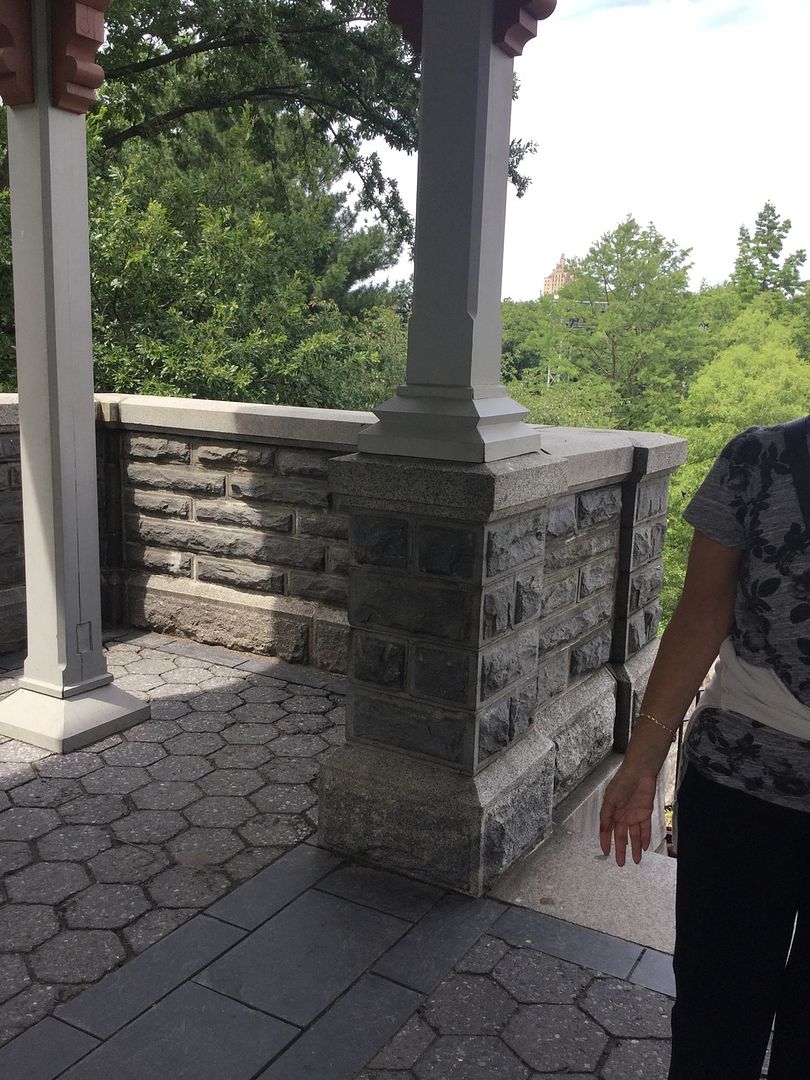 … …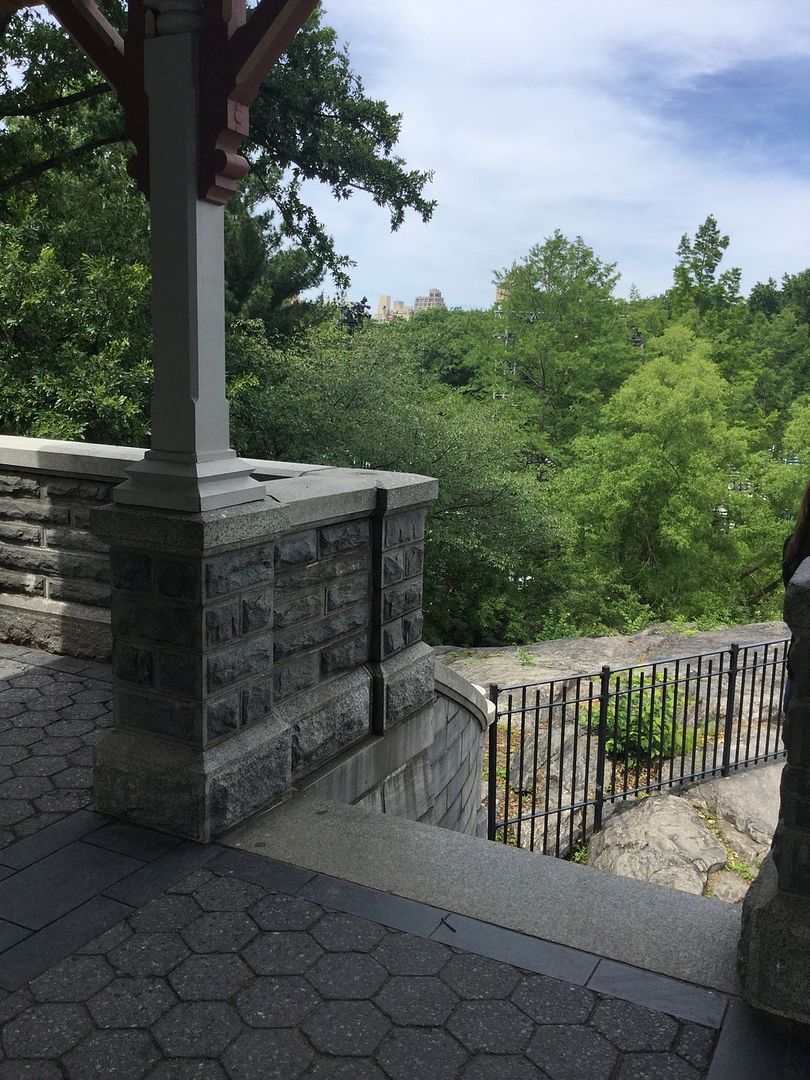
Exhibit 16: The enlarged view of the same stonewalls June 06, 2015

Exhibit 17: One of the old two photos where father was sitting on a bench with Dr. Lee Hee Gyung – 1925.

Exhibit 18: The other photo of father sitting with another friend whom I couldn’t recognize.
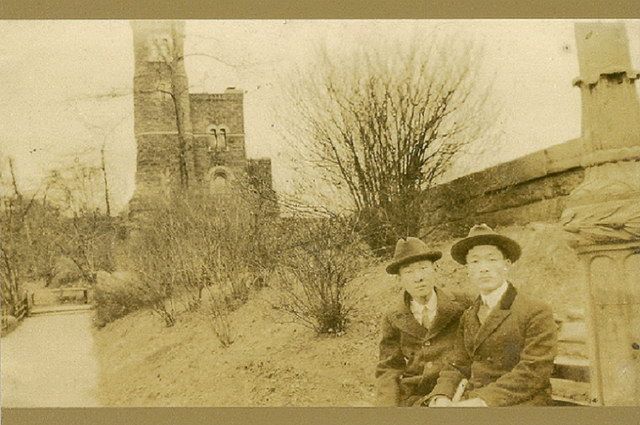
Exhibit 19: Pedestrian walk with the castle view June 6, 2015. Left
Exhibit 20: Pedestrian walk with people. Right
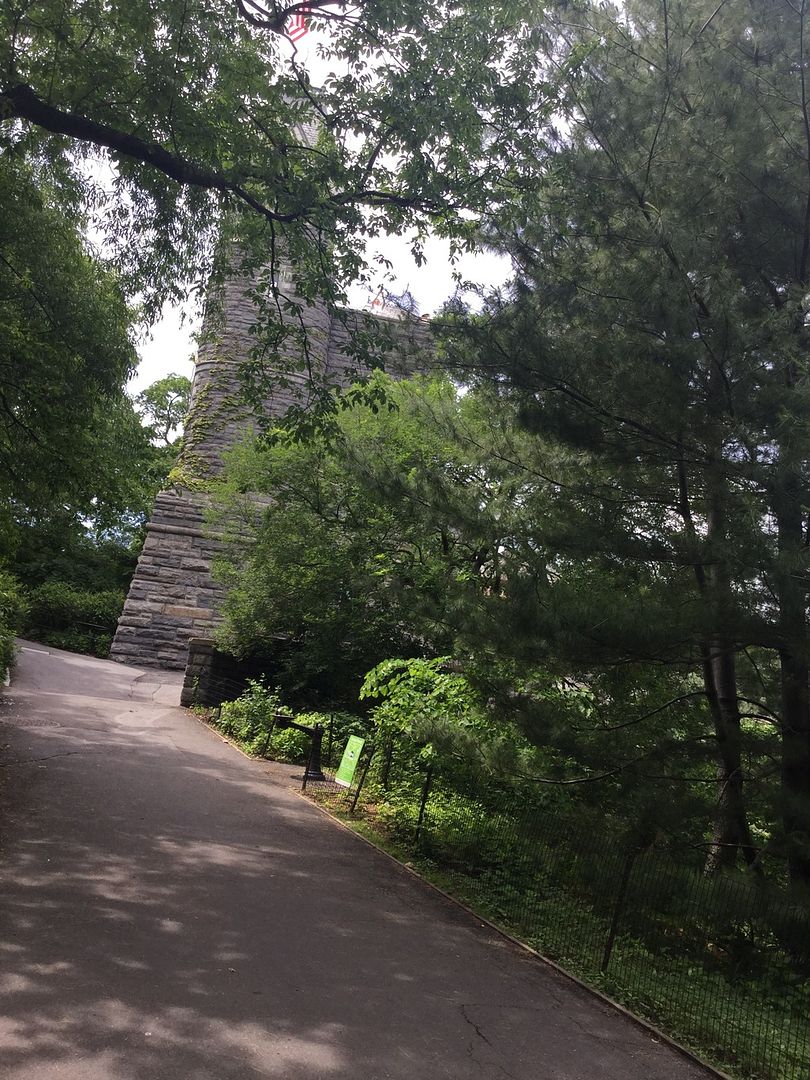 … …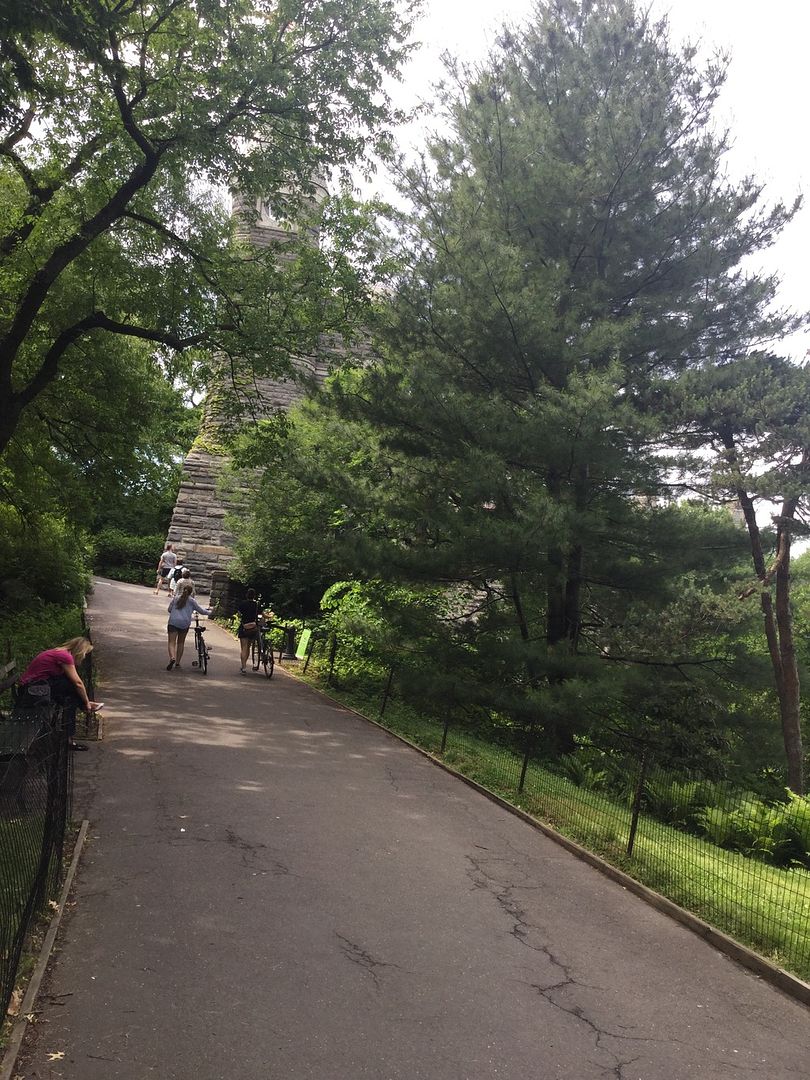
Exhibit 21: Castle View. Left
I thought it would be easy to find this spot since there were several landmarks such as pedestrian’s walk, the castle, the slope, the stonewalls and a decorated pole. However I found it impossible despite my two different visits since I don’t see these structures on the right side of the walk. I will visit the Visitor’s Center for advice when I come back during the next winter after the leaves of tall trees all fall down and I can see the structures without any visible obstruction. The only thing I proved with this photo was that it was the same castle taken at the same angle with the old photo.
Exhibit 21-1: Castle Downward View. Right
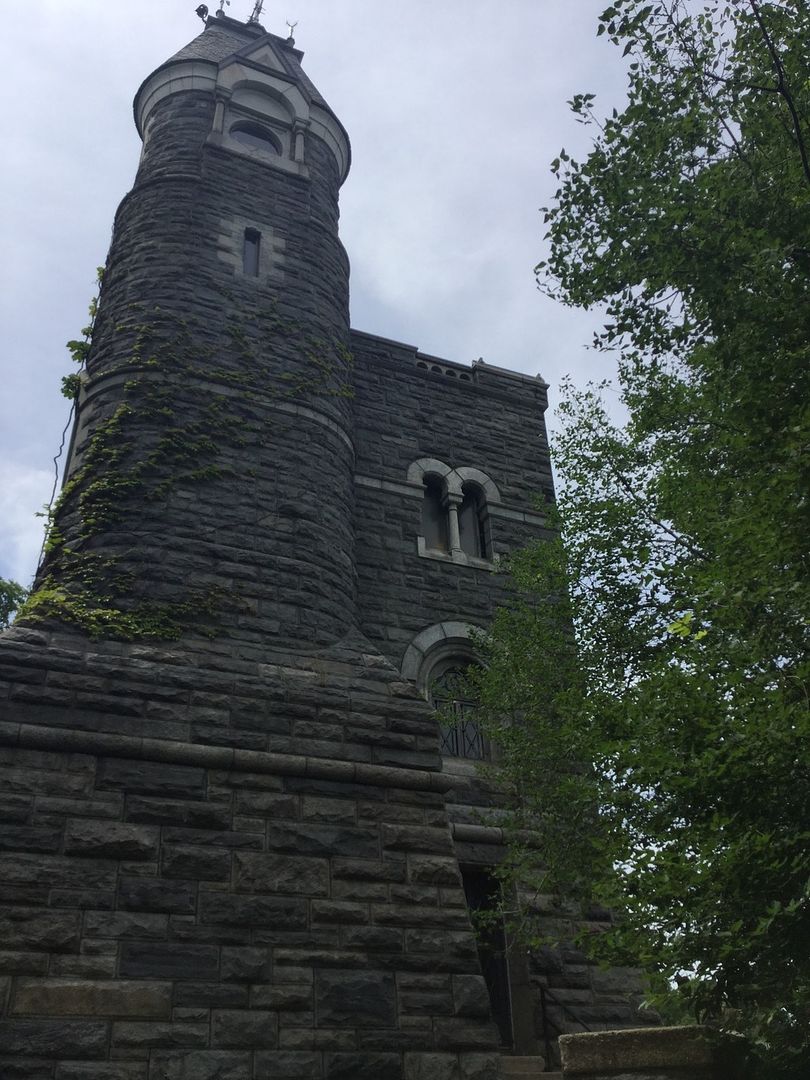 … …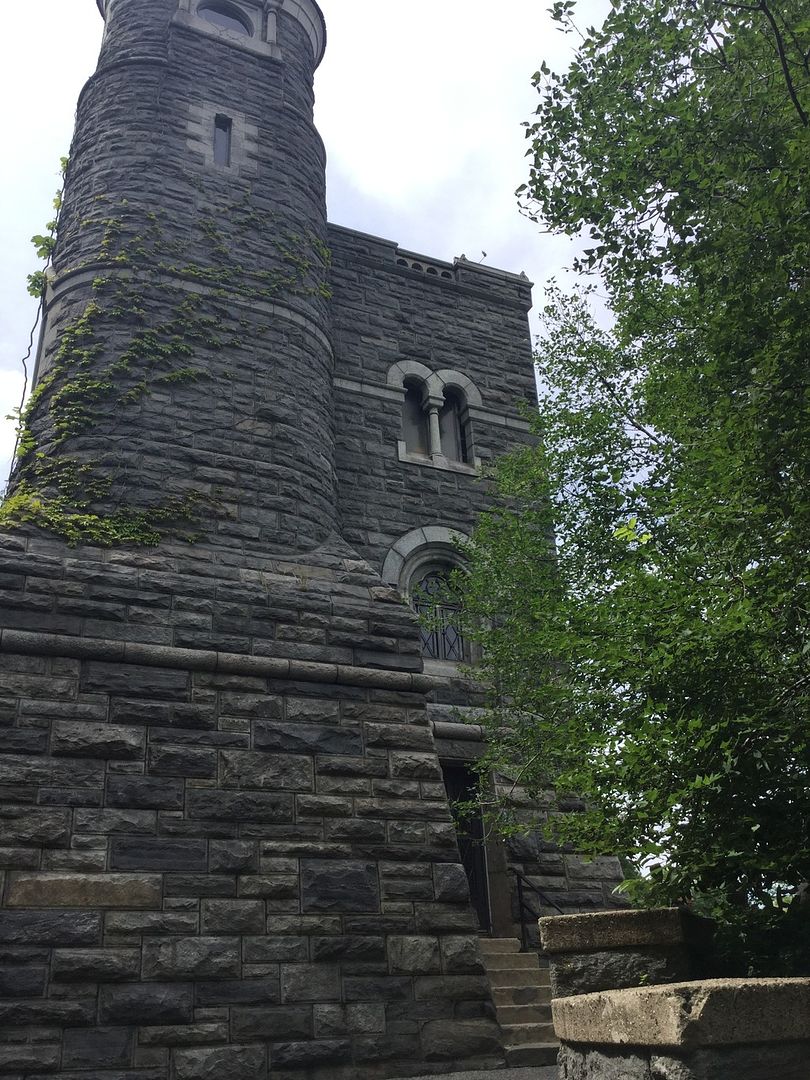
Exhibit 22: Korean Methodist Church and Institute - Sep 8, 2014
I found the address of my father from the old record of Williston Seminary as 633 West 115th Street, New York, NY when I had communicated with the Williston Academy around 1969. When I visited this place in 1971 and found the Korean Church there. I just found the place and left without seeing the minister. Last year on Monday September 8, 2014 I visited there to see the minister but the door was locked. This year in 2015 on January 6, I was able to meet Minister Yong Bok Lee and learned a lot of facts regarding this Church. Most surprising was the finding of my father’s name in the old registry book of church members listed as a Baptist. I call this church my third discovery following the library and Belvedere Castle.
When I saw the inscription of “I sat and cried at the riverside” on the first floor, I was saddened and remembered father’s saying that he and his uncle embraced each other and cried all day long in the room when they heard about Japanese annexation of Korea in 1910. We, Koreans, should never forget about our national disgrace. Father must have lived there at least from 1909 to 1913, possibly even much earlier than 1909 since he stayed in New York City ever since his arrival at America in 1903. He must have stayed with his uncle Jewhan Chung until 1910 since uncle Jewhan went to the School of Colorado School of Mines in 1910 after graduation of Williston Seminary. Rev Lee told me that this building was originally used as a dormitory for students, now that it has been more than 100 years old and not in good shape, it will be replaced by a new building at the same site to start in July 2015. The first floor is used for Church, the second floor for business office, and third and fourth floor for many activities such as Sunday school and other religious activities. I believed that father stayed either on the third or fourth floors and took photos on rooms and corridors of these two floors.
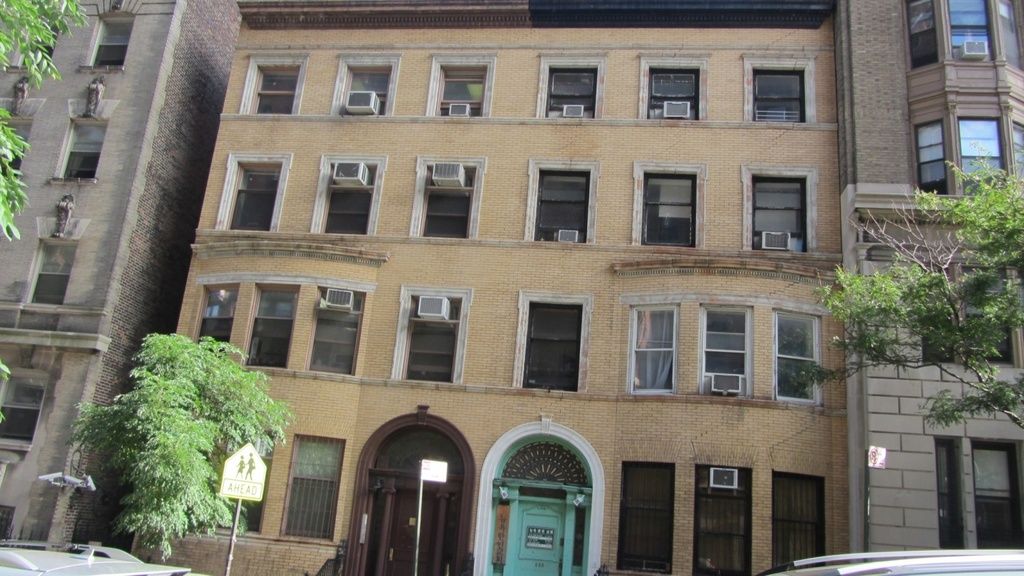
Exhibit 23: Third floor June 6, 2015

Exhibit 24: Third floor room
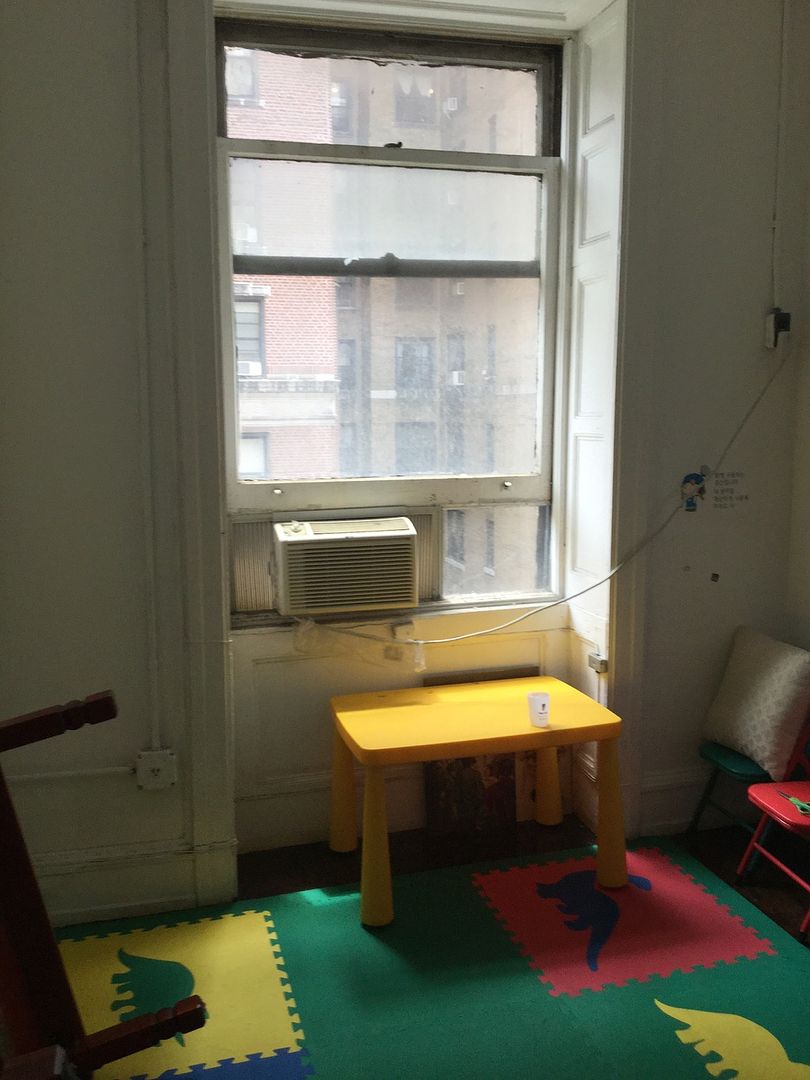 ... ...
Exhibit 25: Staircases
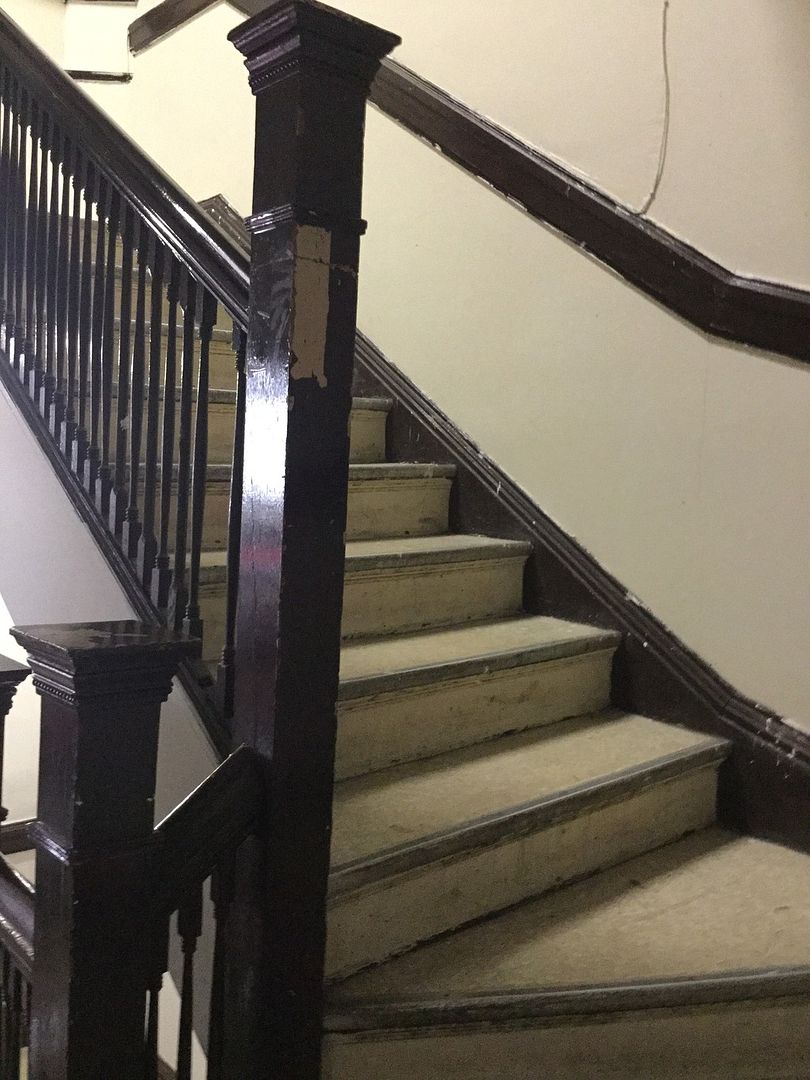 … …
Exhibit 26: Fourth floor room and shower room
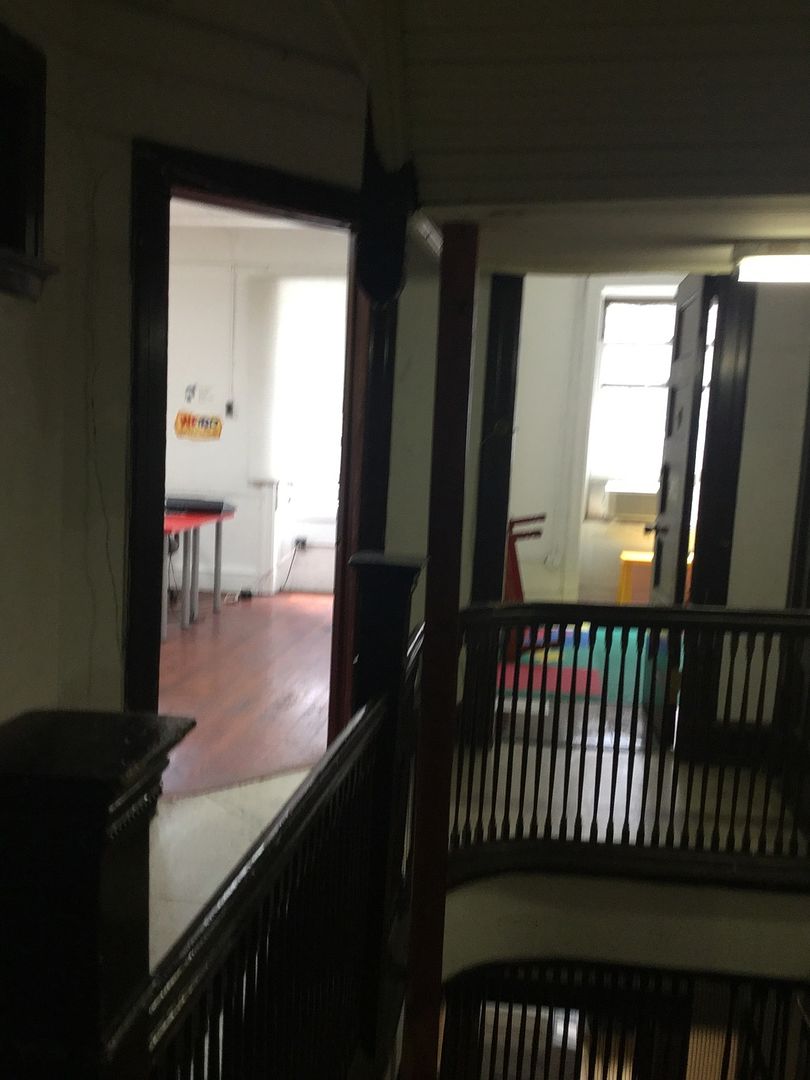 ... ...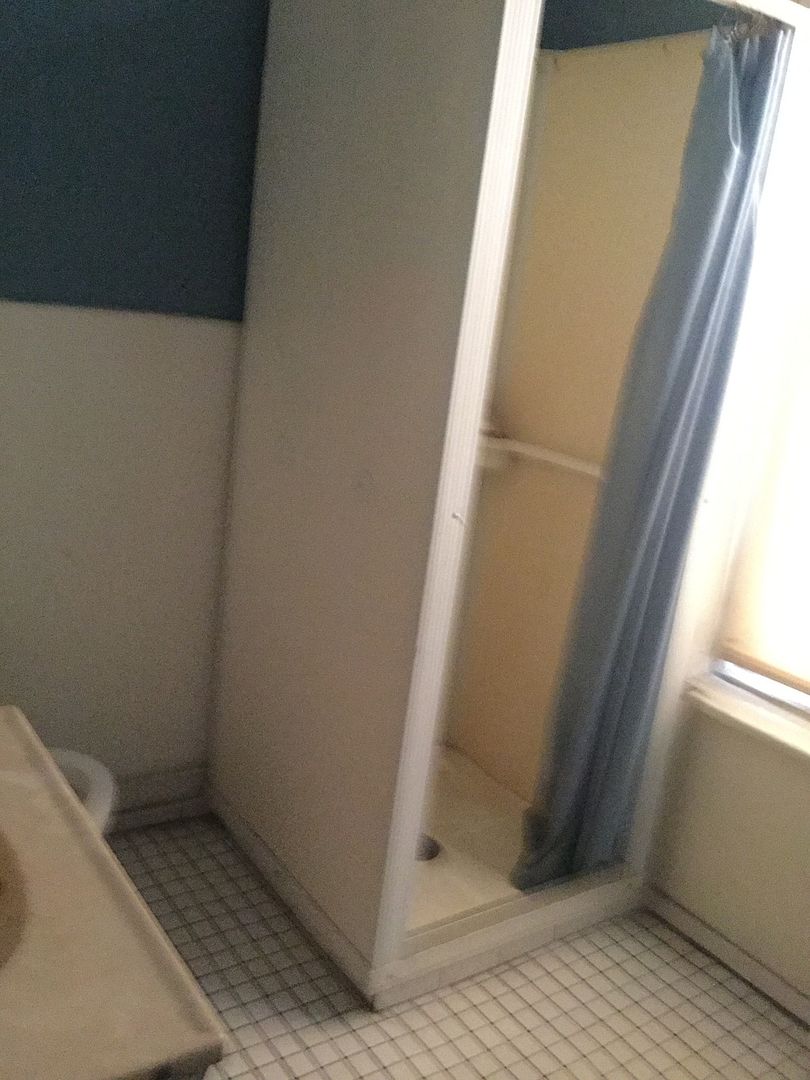
Exhibit 27: Fourth floor corridor

Exhibit 28: Room with chairs
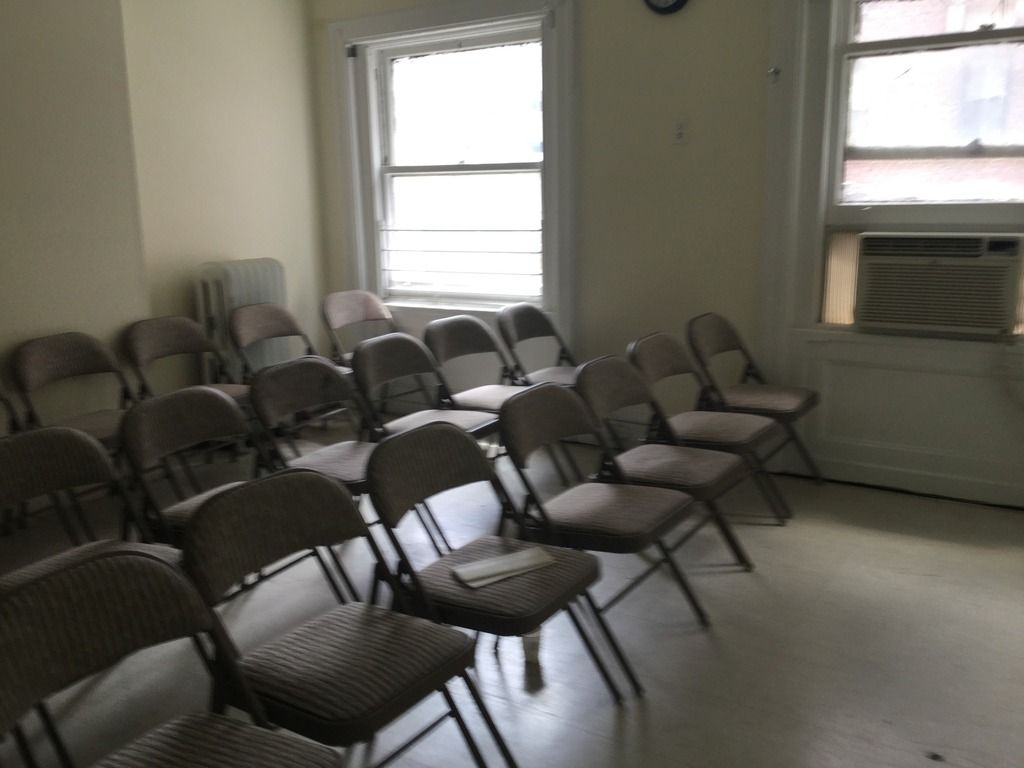
Exhibit 29: Study
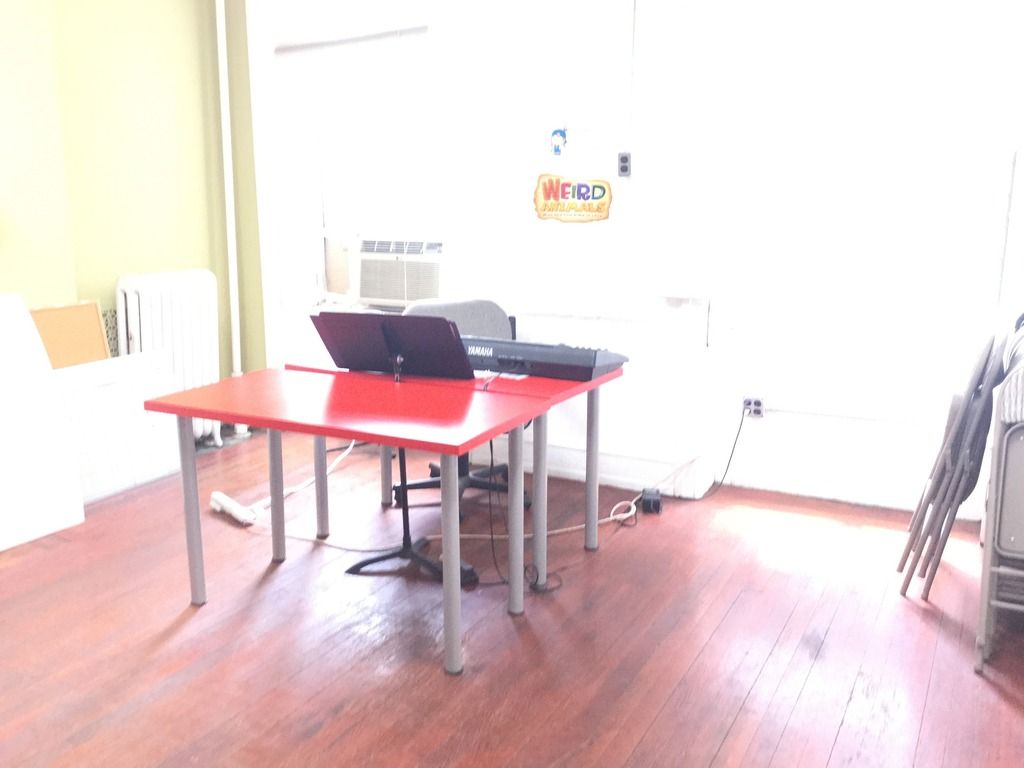
Exhibit 30: Father’s address during his days of University of Pennsylvania 1913~1914; 3911 Pine Street, Philadelphia, PA.

Exhibit 31: Penn Photo on February 16, 2015
Henry on the right and Connor on the left posing in front of the Statue of Benjamin Franklin, Henry is one of Penn's graduates and Connor is interested in this school with
our family connection. This statue of Benjamin Franklin donated by Justus C. Strawbridge to the City of Philadelphia in 1899 now sits in front of College Hall. I think
during my father’s Wharton School days, he must have seen this statue.
During my elementary school days, I remember having seen an old photo of the military drills arranged with some artillery in a large campus of father’s college. When we returned home from our three years’ refuge life, the valuable photo was gone since the house had remained vacant during the Korean War. It must have been the campus of University of Pennsylvania. Consequently I am not left with any photo of father's college days, which is a great loss.
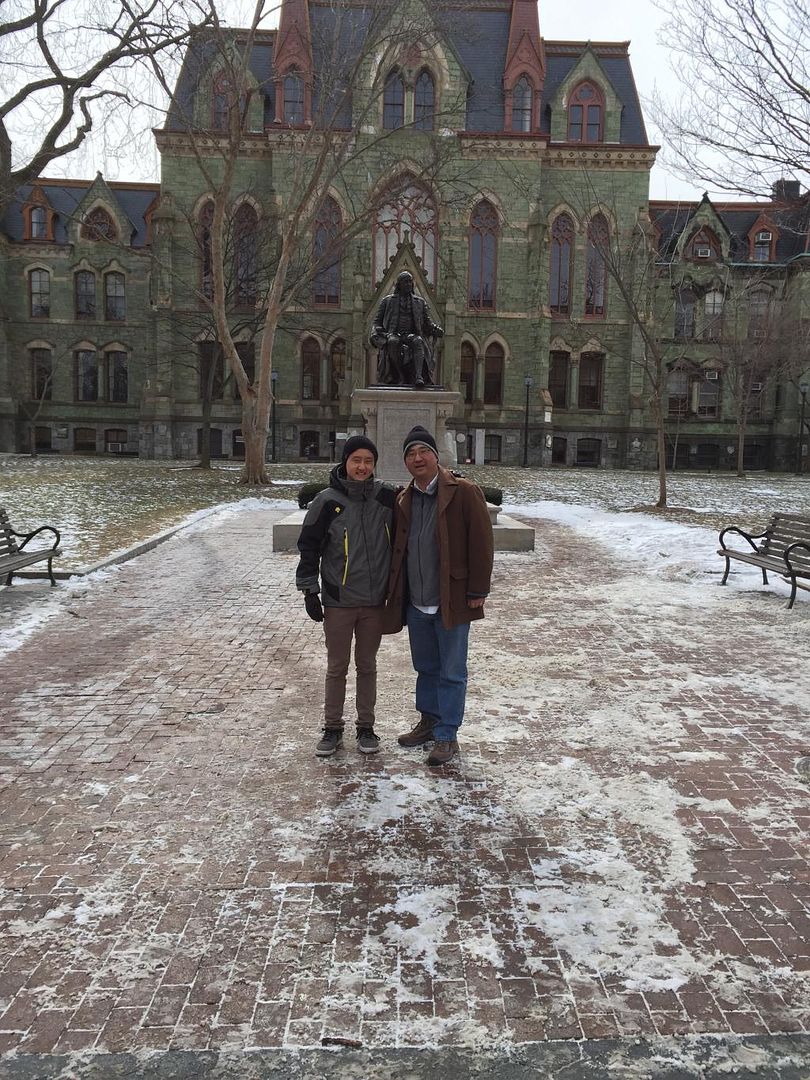
Exhibit 32: Father during his school days; left
Exhibit 33: Granduncle during his school days; right photo ㅡ Dates unknown
Name: 정지환(鄭芝煥). Jewhan Chung was the younger brother of my grandfather. Father studied at Williston from 1909 to 1913, while granduncle there from 1906 to 1910. Grand uncle was born on August 16, 1879 and died on July 24, 1916. No children. Since both of them lived together more than 10 years in this remote part of the world faraway from Korea, their pictures are placed side by side.
 . . . . . . 
Exhibit 34: Charles Edey Fay's Written Letter
This two page letter was given to me by an employee on my second visit to the Williston Alumni Office in 1985 while I was inquiring further school record such as father’s former school. It was the letter written by Mr. Fay, one of Jewhan Chung’s acquaintances, who sent this letter to the Williston Alumni to inquire the address of Jewhan Chung. This letter is self-explanatory so that they are posted below.
Page 1
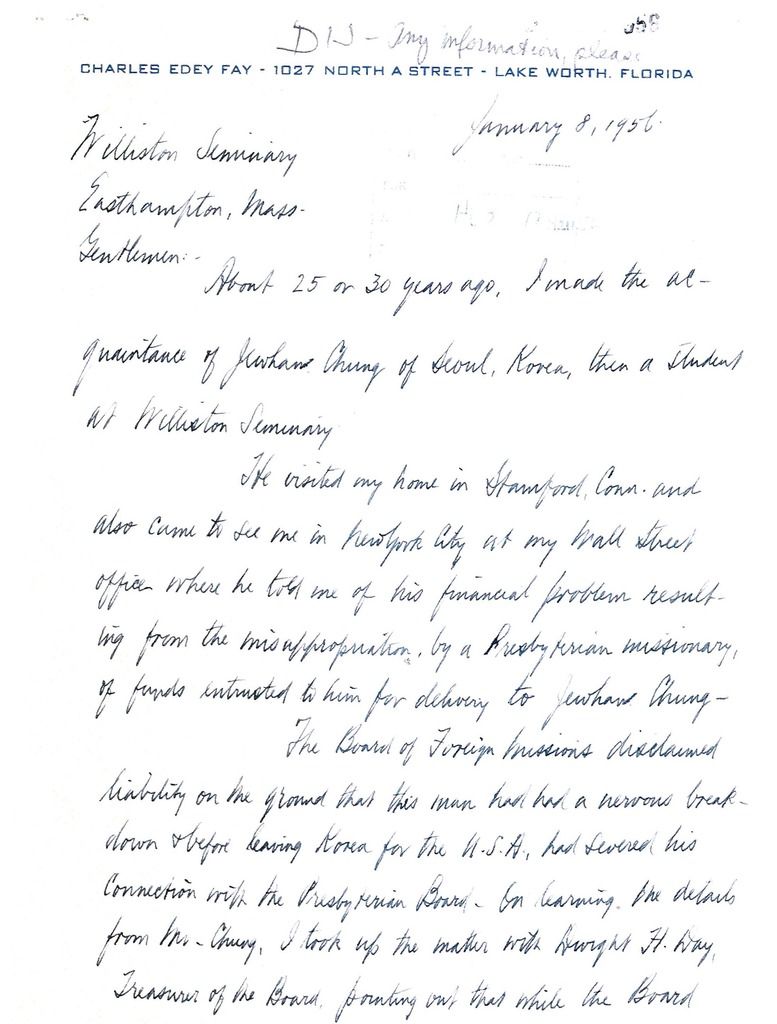
Page 2
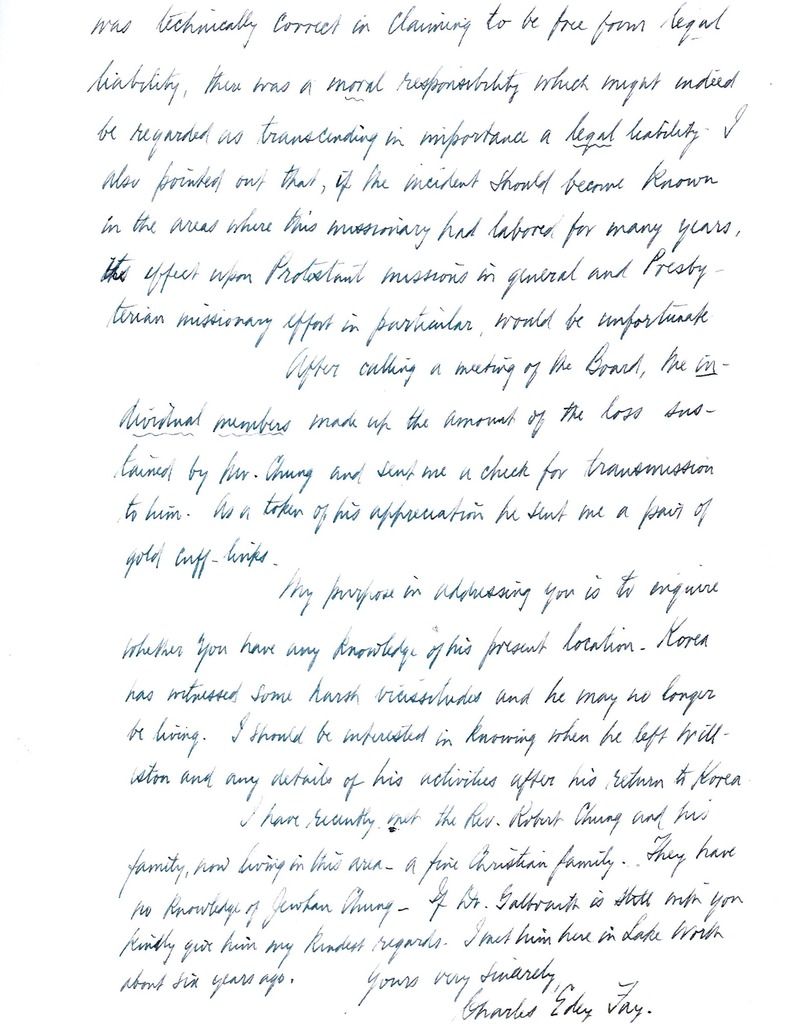
Exhibit 35: Charles Edey Fay's Typed Letter
The writing is small and faint, so I typed this letter to be read easily.
Following is the full text of his letter.
For future reference, the annual charges for tuition are shown below.
$100.00 at the Williston Seminary in the year of 1912
$55,300.00 at the Williston Northampton School in the year of 2015
Charles Edey Fay - 1027 North A Street, Lake Worth, Florida
January 8, 1956
Williston Seminary
Easthampton, Mass
Gentlemen:
Almost 25 or 30 years ago, I made the acquaintance of Jewhan Chung of Seoul, Korea, then a student at Williston Seminary.
He visited my home in Stamford, Conn, and also came to see me in New York City at my Wall Street office where he told me of his financial problem resulting from the misappropriation, by a Presbyterian Missionary, of funds intrusted to him for delivery to Jewhan Chung.
The Board of Foreign Missions disclaimed liability on the ground that this man had had a nervous breakdown before leaving Korea for the U. S. A., had severed his connection with the Presbyterian Board. In having the details from Mr. Chung,
I took up the matter with Dwight H. Day, Treasurer of the Board, pointing out that the Board was technically correct in claiming to be free from legal liability, there was a moral responsibility which might indeed be regarded as transcending in importance a legal liability. I also pointed out that, if the incident should become known in the areas where this missionary had labored for many years, the effect upon the Protestant Missions in general and the Presbyterian Missionary effort in particular, would be unfortunate.
After calling a meeting of the Board, the individual members made up the amount of the loss sustained by Mr. Chung and sent me a check for transmission to him. As a token of his appreciation he sent me a pair of gold cuff-links.
My purpose in advising you is to inquire whether you have any knowledge of his present location. Korea has witnessed some harsh vicissitudes and he may no longer be living. I should be interested in knowing when he left Williston and any details of his activities after his return to Korea.
I have recently met the Rev. Robert Chung and his family, now living in this area, a fine Christian family. They have no knowledge of Jewhan Chung. If Dr. Galbraith is still with you, kindly give him my kindest regards. I met him here in Lake Worth about six years ago.
Yours very sincerely,
Charles Edey Fay.
Exhibit 36: 1910’s Jewhan Chung
A slip of paper with the above heading was found in the Williston Seminary file of Jewhan Chung in September 2014, which was sent to me from the Archives at my request. Following are a scanned slip and my decoded writing. Of special interest is the name of Dr. George H. Jones, Seoul, Korea, who was a well-known missionary at that time. I feel strongly that he was an important person to Jewhan Chung, and most likely was the person who had been entrusted with money transfer from Sangwhan Chung, my grandfather to Jewhan Chung.
Scanned slip of paper
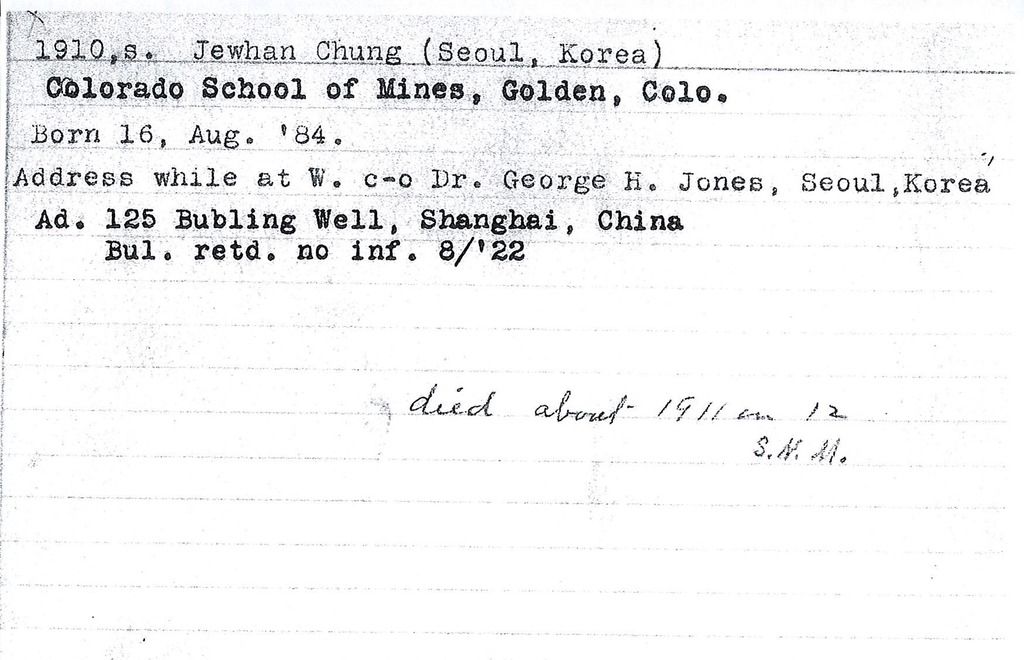
Decoded typed note
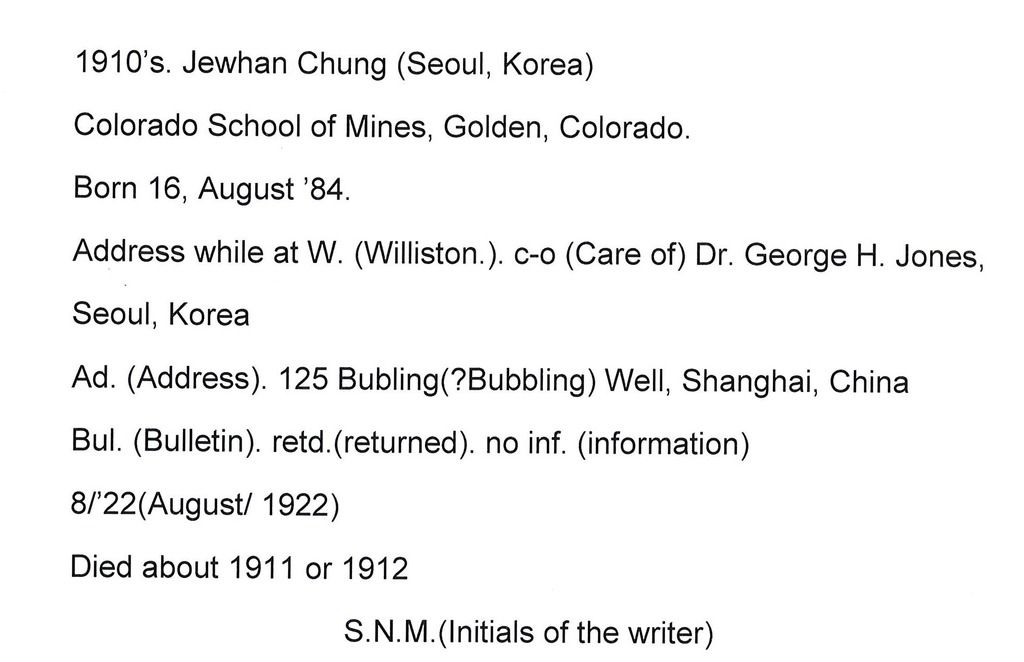
Exhibit 37: Korean Methodist Church Members
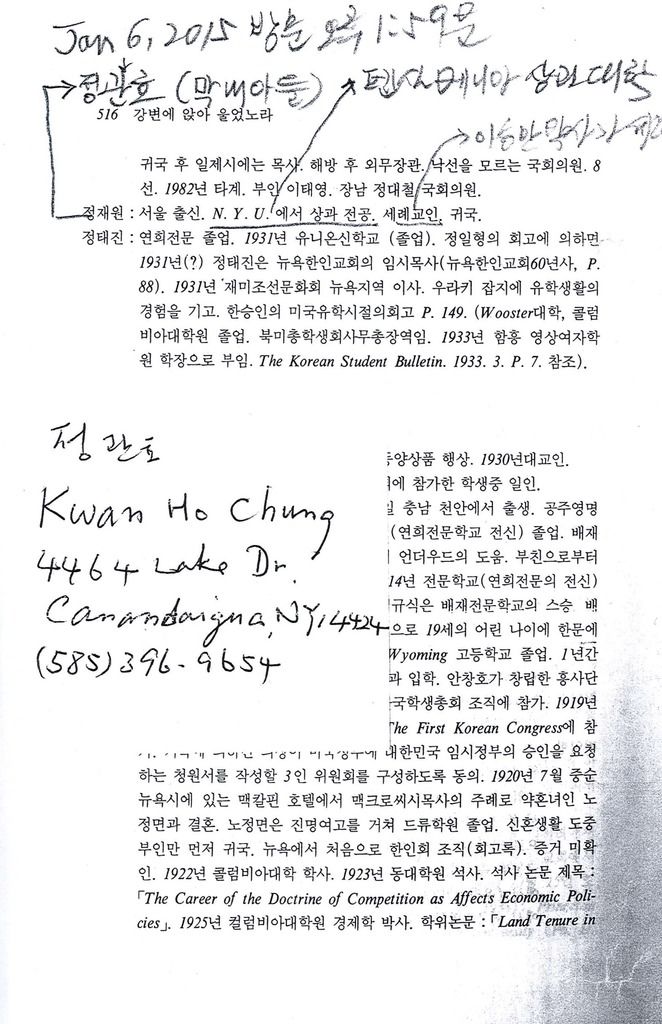
I visited the Korean Methodist Church on January 6, 2015 and asked Rev Lee Yong Bo about the connection between the Church building and Koreans living in New York City in those days, He answered that it had been used as dormitories for students.
He also brought an old book of the Church members, and found father’s Korean name,”정재원”, which was totally unexpected since his stay there as a tenant must have been from 1909 or possibly somewhat earlier time to 1913. This Church was established in the year of 1921 at the Madison Avenue Methodist Church, and moved to this current address in 1028.
There was only one line note, “정재원 : 서울 출신. N. Y. U. 상과 전공. 세례 교인. 귀국.”
Here I made one correction from “ N. Y. U. 상과 전공” to “ 펜실베니아 상과 대학.”, and made following additions:
“세례 교인. “ “ 이승만 박사가 세례.” and “Jan 6, 2015 오후1시 59분. 정관호 (막내 아들) written by Rec. Lee.
I also wrote, “정관호. Kwan Ho Chung, 4464 Lake Dr, Canandaigua, NY 14424. (585)396-9654.”
B. My Writing
I. Personal Information
Name : Jaone Chung [정재원 鄭載謜]
Pen Name(雅號) : 淡齋(담재)
Place of Birth: Jinju, Gyeongsangnam-do, Korea
Date of Birth : August 9, 1893.
Date of Death : February 20, 1954
II Father in the United States of America
When father was about ten years old, grandfather made arrangements with two persons having the background of western education so that one person took him from Seoul to Tokyo, Japan, and there he was admitted to an Institute called Blue Mountain Foreign Language School (靑山外國語學院) where he studied English for a year while staying in one American family having children and learning spoken English from them while playing together. A year later in 1903, another person as his guardian arranged the trip to the West Coast of America for my father via one of trans-pacific ocean liners which took about 30 days for one way navigation. I believe that they arrived at the San Francisco Harbor and from there went to New York City by the transcontinental railroad. My father took an entrance examination at an elementary school without success because of his failure of English test. He was given another chance of English test in 6 months, during which time he studied very hard and then succeeded in entering the school. Unfortunately I don't have any information on this school, possibly a church school in NYC. I might add that this second person who arranged my father's travel to America was Gyushik Kim[김규식 (金奎植)], an eminent Korean patriot in those days. I also heard that his uncle, Jewhan Chung, accompanied him to America to stay with him as his guardian. He also had his own American education at Williston and Colorado School of Mines. Several years later he was admitted to the Wharton School, University of Pennsylvania, and finished his freshman course there before he went back to Korea on a temporary basis, since he had experienced financial hardships due to difficulties of money transfer from Korea to America. In those days there was no international system of money transfer. So money transfer was privately arranged through missionary organizations or American churches. But the exchange and remittance of money were done neither timely nor reliably. Consequently father couldn't receive much-needed money timely, so that there were times of financial deprivation rather frequently though grandfather tried to send sufficient amounts of money through the designated organization. So he made up his mind to discuss this problem with my grandfather for
better means of money transfer from Korea to America and so went to Korea in 1914 after he finished his freshman course, and with his plan of prompt return to America once the problem was taken care of, to continue his undergraduate study. It happened that just before his pre-planned boarding at the liner, the first world war broke out, which was promptly followed by the global naval blockade. There were no means for him to come back to the school for any foreseeable future. So he settled at home in Seoul, married my mother and took care of the family business.
In the year of 1925 he returned to America and tried to continue his study at the
Wharton School. But it was not successful because of the financial problems. He couldn't even find his personal belongings since his American friend, to whom his
belongings had been entrusted, was drafted to the U. S. Army and killed in the
European front during the War. Following are some anecdotes from my mother on father's school days in America.
Episode 1:
Shortly after his arrival at the United States, the first flight of the Wright brothers succeeded. How sensational that news could be! That proves the time of his arrival at the United States to be the year of 1903.
Episode 2:
In hot summer evenings old men were sitting on their chairs in the streets, and talking about their experiences of the civil war. They were very frightened.
Episode 3:
In a small rural town of northwestern Massachusetts, an oriental student came to study in the seminary, an all-boy boarding school. Many students in the
class tried to tease him, which led to physical fights, which became daily routines after the school hours. Father sustained facial bruises, swellings, bleedings and discolorations just about every day. At first the class teacher tried to intervene with
these tussles, but not with much success, and so left things as they were. It was normal
for father to come to the class in the morning with bruise marks on his face, but once in a while, he had his clean face without bruises, then the class teacher pretended to be surprised, and singled him out to ask how he managed to keep his face intact. So there were almost daily fights for a year. At the end of the first year, the devils said, "That's enough. No more hassles, no more fights." Afterwards came peace to all of them and they became very good friends.
Episode 4:
Father would have boils on his nape frequently, which was noticed by his teacher, who said to him, "Jaone, watch the back of your neck." Then the classmates tried to give hard times to him. These naughty students told him, "Teacher told you to look at the back of your head. Show me how you can look at that." Obviously the teacher meant father to care for the back of neck, but these naughty devils would never leave him in peace, just trying to make fun of him.
Episode 5:
The freezing inexpensive dorm: This northwestern Massachusetts town had a very cold winter. The inexpensive dorm where father lived had no luxury system of cold and hot water, but only cold water all year round. The wash room was in the first floor, and father stayed in the second floor. So on a cold winter morning he washed his face and head with freezing cold water, and then rushed upstairs. By the time of his reaching the dorm room door, his face and hairs were literally frozen, covered with ice. He then moved his frozen face and head to the stove with burning woods inside, then in a few minutes all the ice melted and he cleaned his wet face and hairs with his towel.
Episode 6:
Father's adopted mom in the town. There was a single, middle-aged woman in the town, one day she said to him that she wanted to adopt him as her son. And he accepted her offer, and so they were adopted mother and son. She originally was a maid to a pastor who had no family. So the pastor adopted her as his daughter, and when he died, she inherited all his property and assets. She never married, living as a single, wealthy woman.
One day a woman in the town came to father and said, "I wanted to come to see you
and say to you that your country people, Koreans and my ancestors, the Huns, were all neighbors a long time ago. I am so glad to see you.”
Episode 7:
Friendship with Dr. Heegyung Lee. There was a Korean Association in New York City at that time, but unfortunately it was split into two divisions, one for South Koreans, and the other for North Koreans. My father and Mr. Heegyeong Lee [이희경(李喜儆)] became sworn brothers. My father was from a southern province of Korea, and Mr. Lee from a northern province. So both of them were not accepted to either the south or north Korean division. Divisive Koreans were very factional even during these hard times. Next I will explain my efforts to find my father's records.
III My search of father's school records
I knew father had studied at the University of Pennsylvania though he never graduated
there, so in 1969 while I was working as a medical resident at the Pennsylvania Hospital in Philadelphia, I went to the Alumni Association of the school to ask for his record. The staff there sent two persons with me to the Archives to search for father's school record. It took them quite a while before his freshman record of 1913-1914 was found.
Since 1914 was the year he came to Korea but didn't continue his study at the school
because of World War I, it was clear that his freshman course was the end of his education. From this record, I found his former school to be Williston Seminary. After further inquiry it was found to be Williston Academy, Easthampton, MA. I wanted to visit this Academy soon, but I was unable to find time for my visit until 1979, when my wife's niece needed a lift to the Smith College, Northampton, MA by car. The college was located very near to Easthampton, MA, so I dropped her at the College and I took my family to the Williston Academy, where I met the Alumni President, and showed father's old class photo showing the main entrance of Williston Seminary in the year of 1913. He made a copy of this photo and gave me a couple old photo copies of my father during his school years. He explained to me that the old Williston Seminary building was replaced by the new school building, but the main entrance of the old school still remained as the entrance of the town library, which could be seen on the left side of the Park Street in the northbound lane just before merging into the Main Street. He also suggested to me that my two boys might apply to this school when they reach the high school ages, kindly advised me to write in the parents' section of the school application form my father's education and our conversation about this topic on that day. This was my first visit to the school. It was the end of August 1979 the day before the College opening. Years later in the summer vacation of 1985, I took my son, Henry to Dartmouth College University as the next stop. On this route I detoured slightly toward the Williston Academy to get father's four-years school record and then went to the nearby library. We opened the same door in front of which my father had taken the class photo
exactly 72 years ago, and then entered the library. I saw the windows open widely and three or four old men reading newspapers or journals. We walked directly to a middle-aged lady librarian in the left side, greeted her, and showed my important photo to her, and ask her, "Ma'am, can you recognize this photo?". As soon as she took a look at this photo, she appeared quite surprised,”Ah! This is the old Williston School photo. It was taken in the year of 1913, before I was born. The door in this photo is the same door both of you just entered." At this time I pointed at my father in the photo, saying to her, "This is my father, and this boy is my son. We decided to visit this place with this door
seen in the old photo." She appeared very moved,”I have been living in this town all my life, and once in a while some Willistonians' children like you visited the school to commemorate their parents or grandparents. It's so nice to have you. If you have some time, may I bring some old Williston Seminary photos?" Then she went downstairs and returned a little later carrying a large box containing many old photos of the old Williston Seminary. They were really very old photos, which I couldn't recognize anything by myself, but she tried hard to explain them to us. My father would have been delighted just by seeing these old days' scenes of the school. These would have brought the fond and precious memories of his young days at the Williston. Finally our departure time came, but I had an important request to her, “I want to have photos taken in front of this memorable door with my son.Could you take our photo?" She readily consented.
Two of us stood in front of this very door which was closed by her for the photo taking,
and then she walked down the stairs to the two-way Park Street while holding my
camera with her right hand and lifting her left hand to stop the both-way traffics. Then she was taking pictures in close as well as remote ranges by moving forward and backward in the rather busy street, but only concentrating on her photo-taking and ignoring the bi-directional lines of cars until she finished the photo taking. She then handed the camera back to me and I deeply thanked her for her help, and left the library.
After my retirement I have been living in the quiet rural lakefront house. I wondered about revisiting the Williston School in a leisurely way whenever I had a chance to go to the New England area.
Last year after our month-long trip to Korea, I had an e-mail message from Lillian, my daughter-in-law, suggesting to me of the centennial commemoration of my father's class photo, which aroused me of its already being one hundred year old event. We decided to get together at Jim's place in Manhattan, New York and to visit for our family memorial. So Henry and Connor, my grandson, and I met at Jim's apartment at Manhattan, New York and four of us went to the Williston Northampton School on Saturday August 31, 2013. I had made an appointment with Mr. Jeffrey Pilgrim, Director of Alumni Relations to meet at the school campus between 12 noon and 1 PM. He gave us the campus tour spending a good hour's time and at the end all of us walked to the same library called Emily Williston Memorial Library nowadays. Mr. Pilgrim took pictures on all of us. I made a donation to the school
in memory of my father. This was my third visit. At the time of departure, I wondered it might be my last visit here and felt a little sad. But in the mid-June this year of 2014, we made a New England tour to visit the Walden Pond, Concord, MA, and Bar Harbor, ME. On our very long return drive from Bar Harbor to Canandaigua, New York. I decided to make an overnight stay at Clarion Hotel, Northampton, MA. The next morning, we went to the Alumni office and then the same Library, where my wife and I had our picture taken in front of the same entrance. On this visit I found some more information of my granduncle, Jewhan Chung, the third younger brother of my grandfather, in conjunction with Williston Seminary. He was sent along with my father to America by my grandfather to be the guardian of my father during his stay in America, and he himself had his own education at Williston Seminary (1906~1910) and Colorado School of Mines (1910~1914). This means that he and my father studied at the school together from 1909 to 1910. This information indicates that Williston School offered the good American high school education to my father and my granduncle, which means a special relationship to my family as a historic family school.
IV Search of two locations in the 1925 photos
I still had some more questions on following locations.
(1). The building 633 W. 115th St, New York, NY seen in Exhibit 19 and 20.
In 1971 while I was working at Bronx-Lebanon Hospital, Bronx, NY, I went to the above
address which I had obtained from Williston Seminary record in 1969, and found Korean Methodist Church and Institute. I only saw an old Korean cleaning the entrance and then left after confirming the location. I never heard from father that it was a church though he talked about his having been baptized by Rev. Syngman Rhee [이승만(李承晩)] who also rented a smaller room to prepare his dissertation paper for his Doctorate degree at Princeton University while father and his uncle rented a larger room. Rev. Rhee was in the middle age while father was around in his late teens. Mr. Rhee and father were quite close and even exchanged jokes freely. They shared the same building for 6 months.
Another story was that Japan annexed Korea in the year of 1910. At this sad news, the nephew and uncle held each other in a hug, lamented and cried all day long, which happened in the same place. My questions are: Who owned the building at that time from 1909 to 1914: and how these Koreans, at least three or possibly more, found this place to rent, and when the Korean Church was started there.
On Mon Sep 8, 2014, I visited the Church around 10:00 AM for the second time, but the door was locked and the ringing bell was not answered. Therefore I took a couple photos of the entrance and left. My next stop was New York Historical Society, where I was led to the Library. I brought these questions to the Library staff, who made special search for this address and then found following information out of old reports of New York Times. First; on Aug 19, 1929, Rev. Pyeong K Yoon made sermon attacking Japanese occupation of Korea. Second; a week later he wished to establish world-wide peace with incorporation of the best in the Occident and the best in the Orient. When I made search through Wikipedia with the Korean Methodist and Institute, there was a story of celebration of March 1 Movement on Apr 28, 1921 at Madison Avenue Methodist Church by Korean residents and students. In 1927 Church was moved to the current location, the building was small with 4 stories high, about 25 by 100 feet, but it was an intellectual church with strong ties to Korean Independence movement. Two photos are posted at Exhibit 22. I made the third visit to the Church on Tue Jan6, 2015 to see Rev. Yong Bo Lee. I told him the above story of my father’s connection to this building. Rev. Lee told me that this building had been dormitories for students, and so for some reasons Korean students and some other Koreans rented the rooms at that time. He did know that Mr. Syngman Rhee had been there. He brought an old thick
register book of church members and found father’s name with one line note as following: “정재원”: 서울출신, N.Y.U.에서 상과전공, 세례교인, 귀국.“
[In English: Jaone Chung born in Seoul, studied business in NYU, a baptist, returned to Korea.] I requested following corrections and addition, which he made: N.Y.U.에서 상과전공 to “펜실베니아 상과대학”, 세례교인
[Correction: From NYU to Wharton School, University of Pennsylvania. Baptist.] followed by “이승만박사가 세례함”, “Jan 6, 2015 방문 오후 1:59분. 정관호 (막내아들)”
[Dr. Syngman Rhee baptized Jaone Chung according to Kwan Ho Chung, his son,
01/06/15] is added to this line. At this point I realized there was my family-connection
to this Church. Afterwards he took me to the top fourth floor to show me a unit of common bathroom shower room, a large room with a fireplace, a small room, and an office-like space. We came down to the first floor which showed the chapel. I appreciated greatly to Reverend Lee and left.
(2) The low stonewalls in photos, Exhibit 12, 13, 17 and 18
I visited the New York Historical Society, 170 Central Park West, New York, NY 10024
on Tue Sep 9, 2014 to make the inquiry on Exhibit 12 and 13 which had no helpful landmarks with much clue as to the location of the photos. But this time I carried two more photos Exhibit 17 and 18 with a building complex in some distant location. I visited the Historical Society in the morning of Jan 6, 2015 and was led to a consultant there, who readily recognized them being the famous Belvedere Castle in Central Park, which was within a walking distance. I walked there from the Society, took some pictures outside the main building, and then went to the gift shop to buy a book, and then showed the photos to an employee, who confirmed the location being in the castle territory. I took photos in the same location of Exhibit 12 and 13, to prove the identity of the stone wall in the photos. However it was snowing heavily so that I decided to hold my search of the location of Exhibit 17 and 18, preferably to a milder season. I don’t anticipate any difficulty to find the exact locality of the photos with some landmarks. However my latest two visits in early and late June, I was unable to find the exact location of the photo-taking. I will retry in the winter time.
V Search of the cause of the financial difficulties
When father went to America along with his guardian Jewhan Chung, his uncle, he was only eleven years old. Grandfather made an arrangement with a Presbyterian missionary who was entrusted with the task of transfer of money from Korea to America. Father experienced the frequent failures of money transfer with excessive delays and sometimes even no transfer at all though grandfather did send very sufficient amounts for the living costs and tuitions to both of them.
Mother told me that it had been so difficult to transfer money from Korea to America in those days with anecdotal description as following:
At one time he couldn’t pay the full year tuition so that he had skipped one school year. He had been without money for months, and couldn’t buy foods for a long time and very frequently, so that he had lost weight noticeably. He had eaten only ice cream from some stores on the credit basis.
He had worked including snow cleaning for some houses including his adopted mother’s to get a few pennies per hour. His adopted mother (possibly Miss Ellie) had told him to come to her for eating any time, but he was too shy to eat in her house without payment.
Finally after ten years’ destitution resulting from the inadequate money transfer, he decided to return to Korea for serious discussion with grandfather to find some better means of remittance. Obviously grandfather and father made some satisfactory financial arrangement, but the first world war broke out before his return to America, and the plan of his American education came to a halt for good.
So I was under the understanding that father had had terrible financial distress all those years from 1903 to 1914 due to the enormous difficulty of international money transfer despite the help from a Presbyterian missionary working in Korea.
In 1985 I ran into an unexpected discovery as to the cause of this whole problem, when I was shown a copy of two page letter of an acquaintance of Mr. Jewhan Chung’s. It described clearly that misappropriation committed by a Presbyterian missionary was claimed by Jewhan Chung, and Mr. Charles Edey Fay, the letter writer, contacted and discussed with Dwight H. Day, Treasurer of the Board of Foreign Missions. To make a long story short, the Board members unanimously made up the amount of the loss and sent a check to Mr. Fay. However both my father and his uncle passed away by that time.
There was no name of the Presbyterian missionary I could find until the time when I received a slip of paper from the Williston School Archives, along with the full school records of Jewhan Chung and Jaone Chung, my father. This slip had several lines of typed notes from Jewhan Chung’s file, and showed the name of Dr. George H. Jones, a well-known Presbyterian missionary stationed in Seoul, Korea from 1887 to the first decade of 1900.
I have very strong feeling that the missionary in question had to be George H. Jones. With this information I want to explore and find the full record of money transfer from Sangwhan Chung, my grandfather in Seoul, Korea to Jewhan Chung, my granduncle in New York City, New York and search the record at the Presbyterian Historical Society.
I did resent at the faulty claims of Jewhan Chung’s having had nervous breakdown on the part of the Board of Foreign Missions, another claim that the Presbyterian mission was free of legal obligations even in face of the proven misappropriation by their missionary, and the fact that Jewhan Chung and my father had actually suffered badly because of their wrongdoings, and father didn’t complete the college education simply because of the missionary’s continuous pilfering from the fund.
I also want to contact and meet with the authority of the Presbyterian Historical Society and appeal this injustice committed by the missionary and acquiescence, disregard or even collaboration on the part of the Board of Foreign Missions. I also want to appeal to the authority on the above unfortunate situation for the compensations such as monetary settlement based upon the actual amount of financial loss, their truthful apology and possibly symbol of their repentance such as establishing statutes of Jaone Chung, my father and Jewhan Chung my granduncle, at the campus of Williston Northampton School who had studied together in the school year of 1909 to 1910. Currently the search for the record is going on.
VI Summary
My father made a very, very long march to the United States of America around 1903
aboard a trans-pacific ocean liner from Tokyo Harbor to San Francisco Harbor with the dream of American education. For the first six years he must have attended an elementary school, but I couldn't find the school from any record. From 1909 to 1913 he studied at the Williston Seminary, Easthampton, Massachusetts. From 1913 to 1914 he finished his freshman course at the Wharton School, University of Pennsylvania. He came to Korea in 1914 to discuss about the hardship of money transfer from Korea to America through Missionary Organizations. When he tried to return to America to continue his study, the First World War broke out and there was the global naval blockade, which made his return impossible. So his educational plan was unexpectedly stopped, and he settled his life in Korea.
VII The Legacy
When I first visited the Williston Academy, Henry was eleven years old, and James
eight years old. When I asked the president of alumni association if it was a boarding school, he said yes to me. He looked at my sons inside the car and suggested to me that, if I consider sending them to the Williston School, I write my father's education at the Williston and our discussion occurred today in the parents' section of the application form. Since that time I and my wife were very interested in the education of boarding schools and Ivy League schools. We did send them to the schools as we wanted and planned. The excellent education provided to them was due to the knowledge that my father went through very unusual hardships to have good American education such a long time ago. The good education for my sons was the very legacy of my father.
The following is another story of my father.
When I was in a lower grade of an elementary school, I was not a very excellent student. But occasionally I brought home my perfect score meaning 100 point, usually math tests. While I expected a great praise from father, he nodded his head approvingly, but sayingto me gently, "Choonho, it's good for you to have 100 point, but it's even better to have 80 point." Choonho was my nickname during childhood days. I remember hearing this remark quite a few times from him. I was very young and didn't dare ask him why it's better to have 80 point than 100 point. But I remember this talk very vividly. When I grew up and became an adult, I still didn't understand the reason. Sometimes I asked some people about this question, but none of them seems to have a satisfactory answer to it. During the time of my active practice, after I finished my ward round in a hospital and went to the nursing station to write the usual notes including the progress notes and orders, then the charts were handed to the charge nurse. That means I finished my hospital round. By that time the kind nurses offered to me like ”Want some hot coffee?" I never refused, "Yes, please." While drinking good smelling coffee, we exchanged some chats. One day I thought about my age-old question to several nurses there. Then a middle-aged nurse called Mary replied immediately without any hesitation, “Don't you know, Dr. Chung? Your father wanted you to be an all-American boy with a well-rounded personality. He didn't want you just to be a so-called bookworm." This solved the mystery intriguing me for half of my life. My father wanted me to be a good person rather than a big shot. This is the most important legacy of my father.
I have one more memory related to religion. I heard from father that he had been baptized by Rev. Syngman Rhee during his school days, and in January 6, 2015 I discovered his name in the registry book in Korean Methodist Church and Institute. He used to quote God at times. I have always been a Buddhist all my life ever since my mother took me to the Buddhist temples soon after my birth. This is the situation of our family religion. One day during my middle school days, father mentioned to me, “All the religions in the world are good. You may choose the religion of your like and believe it sincerely. Then it will be a very good thing to you.” Obviously he was liberal in terms of religious preference. I conveyed this message to my two daughter-in-laws.” This may be the third legacy.
VIIl Father’s Later Years
I am going to finish this presentation by describing his later years. Soon after his return to Korea in 1914, he married my mother, and took charge of the family business. He also made many friends including literary persons, activists, mostly anti-Japanese patriots. He was the first English teacher in YMCA. He also tried export business with China for several times, which was not successful. In those days anti-Japanese persons had hard times because of persecution from Japanese government. Inevitably his family business was doomed to total failure with total loss of his assets. He lost his assets, business and job. After Korean liberation from Japanese occupation, he was expected to enter the new Korean government, but he decided against it because of ideological disagreements with other people in the new Korean government.
I will illustrate one of his episodes: In late 1945 after the liberation of Korea out of Japanese annexation after the unconditional surrender of Japan to America, needless to say, Koreans were busy to build an independent democratic country. Among many leaders dedicated to the cause of Korean independence, Mr. Syngman Rhee was the most admired. By this time there was a great reception to honor him in the Yee-Wha-Manor(이화장 梨花莊) , "Pear Flower Manor". There were a great number of important persons well-known in the Korean Society. Father was sitting in a guest seat along with many friends and acquaintances, and then noticed two persons busy in arranging the ceremony unexpectedly. Father asked Mr. Lyuh Woon-hong(여운홍, 呂運弘) sitting next to father, “What was that guy doing?”, Mr. Lyuh answered, “Don’t you know, Mr. Chung? That fellow is the secretary to Mr. Rhee, and another fellow busy there is the secretary of the Rhee’s secretary.” At this, father was outraged, arose and left, saying, “That guy is the main instigator of pro-Japanese collaborators and the secretary of this main instigator is another pro-Japanese traitor. I am not going to see that old man (meaning Mr. Rhee). That’s how father never met Mr. Rhee after their parting 20 years ago in Hawaii. Mr. Rhee easily became the first Korean president, and succeeded in his reelections one after another, until he was finally ousted from his corrupt government by the student uprisings in 1960, fled to Hawaii and died there in 1965 in his exile at a nursing home. Mr. Rhee had been considered as the foremost patriot and leader for Korean independence, but even before he had grabbed his political power, he used the helpless former pro-Japanese group who had amassed enormous wealth and connections between them. Incidentally that guy was Yun Chi-Young (윤치영 尹致暎), who became the first Interior Minister, Republic of Korea Ambassador to France, Mayor of Seoul, and so on in the Rhee’s government, and another fellow was Yu Rae-Jang (유래장) who couldn’t be found in any search. Afterwards father never tried to enter Korean politics since he thought it was totally corrupt and unjust under President Rhee’s administration and dictatorship. I am proud of his high road in life.
He worked for some private companies at various times without sufficient income. During the period of Korean War he had to keep working despite his advancing age and declining health. He expired at Daegu City Hospital due to chronic illnesses in 1954, and buried at our family gravesite in Bansung, Gyeongnam. Some time ago while writing a book of family story for my sons in English edition, Merry Ewing who was an English teacher helping me write the story, asked me whether father was an intellectual. I answered, “No. He was not an intellectual, but a person of principle.”
THE END
Written by KWAN HO CHUNG
Kwan Ho Chung – July 30, 2015 |


















 …
…

 …
…
 …
…



 …
…
 …
…


 ...
...
 …
…
 ...
...





 . . .
. . . 






Very Truly Yours,
Kwan Ho Chung